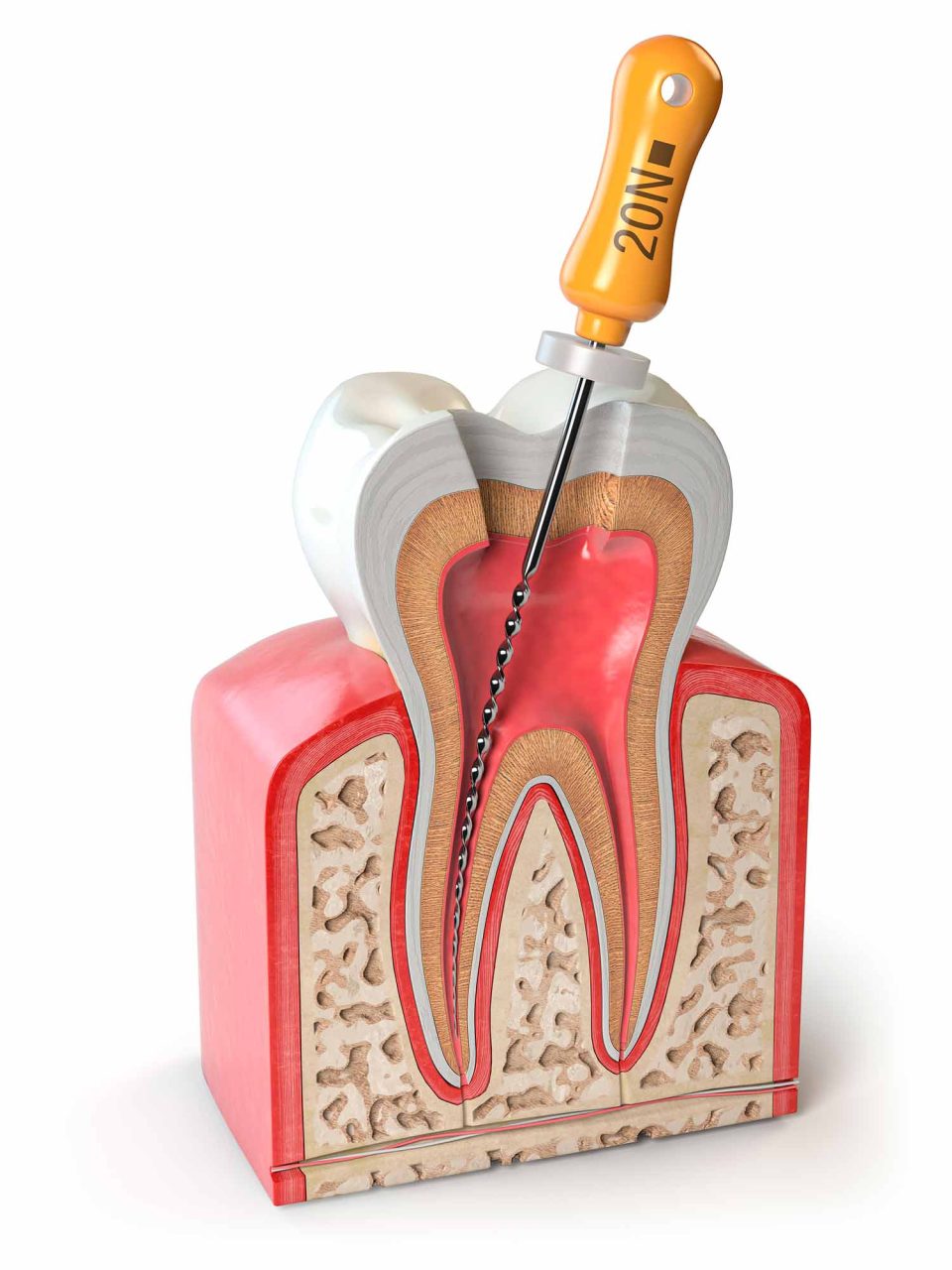Tooth decay, repeated dental procedures, large fillings, cracks, chips and trauma to the face can cause a tooth’s nerve and pulp to become irritated, inflamed or infected. If left untreated, the tissue surrounding the tooth will become infected and abscesses may form. If this happens, a root canal procedure may be necessary for affected tooth preservation.
A root canal treatment is a complex process that involves a number of steps and is performed by Dr. Carlo Goerens using a dental microscope:


For a number of reasons, previously treated root canals can sometimes fail to heal or become reinfected. Retreatment (or corrective root canal therapy) is the process of re-performing a root canal. It relieves symptoms and can save your tooth.
Causes for retreatment: